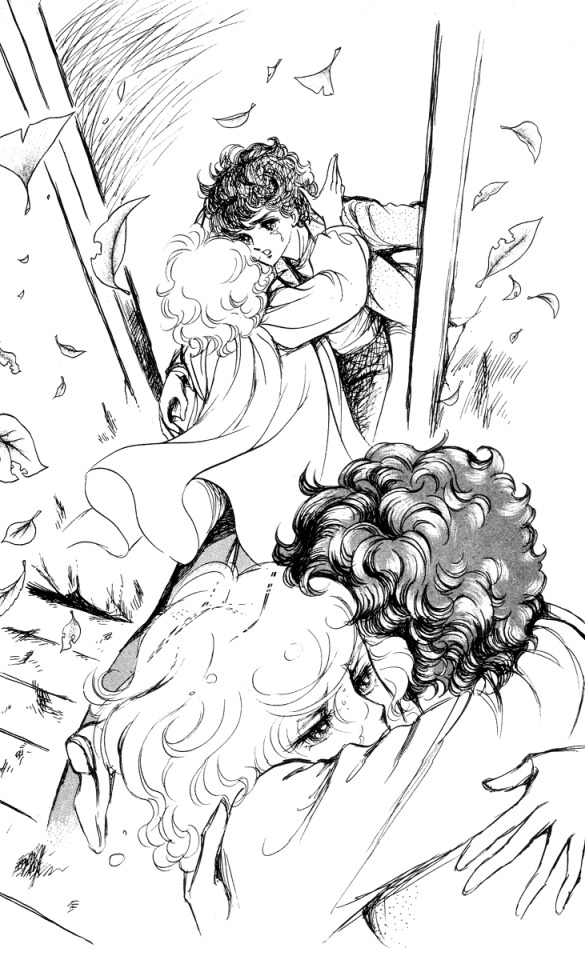autism bla bla bla and sometimes my drawings and I use all pronouns (@Frandefrango on twitter)
Don't wanna be here? Send us removal request.
Text
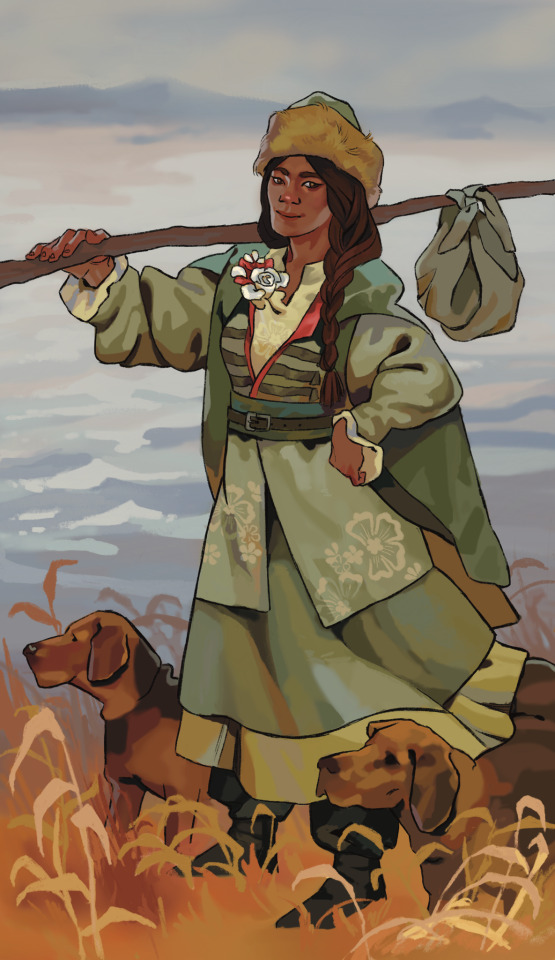
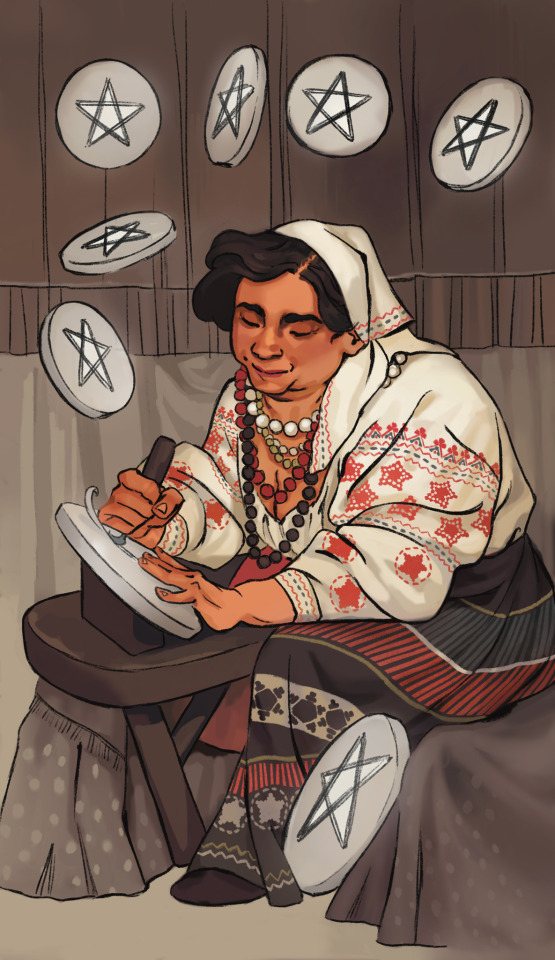
Here’s the illustrations I’ve done for @ladytarotcards project,
The first one is The Fool, the second is Eight of Pentacles
6K notes
·
View notes
Text
Takemiya Keiko's Hensoukyoku
During a Takemiya discussion in a homo thread, an anon made an excellent post, after which I had to read Takemiya's Hensoukyoku (変奏曲, Variation).
"Don't read if you don't want spoilers!" is what I want to say, but I'm making this post for noting things down for myself and giving spoilers anyway, so go ahead or leave.

I'd like to thank anon once again for exactly knowing how to get me interested in a title. I hope we cross paths again.
I'm a basic newcomer old shoujo fan and I have only read part of Kazeki from the original, so I was pretty optimistic going into Hensoukyoku. Well, it was harder to read than I thought it would be. In particular, I wanted to kill myself every time Bob (aka "this guy") opened his mouth. Maybe that's because I was trying to translate things in my mind while reading it, which I shouldn't have done. Assuming that my linguistic skills would be enough to translate Takemiya is ridiculous.
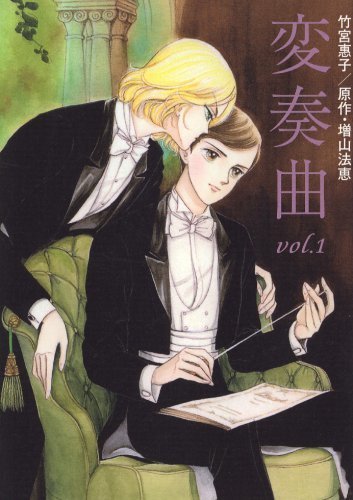
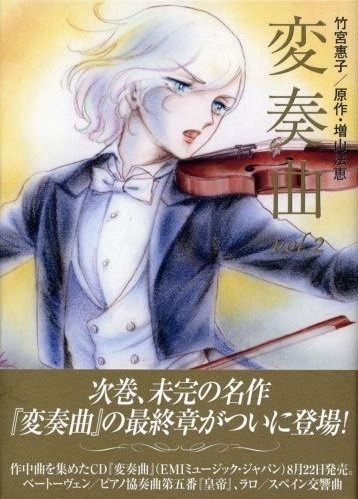
I like volume 1's cover so much that I eventually want to buy this edition. By the way, a strange thing I noticed about Takemiya's works: Not all of them are available on regular e-book sites. I wanted to buy the digital editon because it'll be some time before I can import something from Japan, but it was on sale only on EBJ, and EBJ doesn't even let baka gaijins like me to register to their site. So your only chance is to ask someone who already has an account there, or go physical. We are being forced into piracy here, Japan.
But what's it about? You have this Austrian child prodigy, Wolfgang Richter, and this Spanish rebellious violinist boy, Eduardo Soltie. Their love for music brings them together, and we accompany them on their journey for about 20 years in 3 (in the bunkoban version, 2) volumes. While the two has the BL attraction towards each other, but to me, it felt like theirs bordered on bromance as Eduardo is very much in love with Anette, Wolfie's sister, and constantly busy being gay with Bob, and Wolfie marries his childhood friend before anything goes anywhere between those two and dies (of course, he has his own obligatory Bob phase). I expected to see a tragic love story between Wolf and Ed just looking at the random images from the manga, but was denied. But forget them, and just remember this: Every boy in this story wants Bob.

If you are a male under the age of 20 and you can resist the charms of this man, congratulations. You probably have some sort of disease, because this man is a walking bishounen magnet.
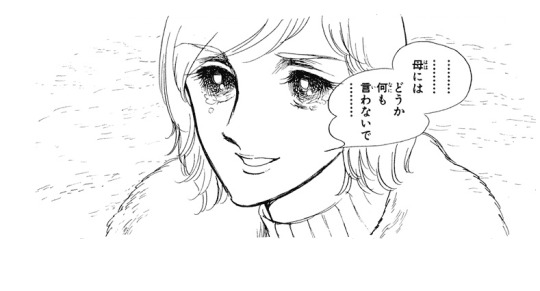
"Please, don't say anything to my mother." - Yes Nino, if I was your mother, I wouldn't want to know that the guy who boned my dead brother and my cheating, failure-of-a-father husband also boned my precious son. Poor Anette.
The story is not a conventionally constructed one. We know right from the beginning Wolf died young, and with each chapter, we are presented with a different part of his life. Especially the first chapters can be overwhelming because of this narrative choice, because most relations are established from the get-go, we get no classic character introductions. Personally, I had a hard time processing how the Spanish Revolutionary movement fit in this story and why we suddenly got a cholera epidemic. But as you read on, all the pieces get together and you see the whole picture. Some of the same events are told through different characters' POV throughout the story, a technique I like a lot. If I had to choose, I'd say "Andalusian Love Song" is the most important part of the story. It had the most amount of Wolf, and feels like a "main story" the most while the others (especially the ones in vol. 2) have this "side story" feeling. They are so much fun to read though. I liked Rimbaud to Verlaine no you ni in particular which was about Bob being salty about the newlywed Ed hitting on every girl in Paris.

godiwishthatboywasme.jpg
Speaking of parts, based on the digital edition, they are:
Volume 1
1974: Virentz Monogatari (ヴィレンツ物語-Virentz Story) - This chapter is scanlated by Golden Roze Scans, and is the only part available in English to readers.
1976: Hensoukyoku (変奏曲-Variation)
1976: Andalusia Koiuta (アンダルシア恋歌-Andalusian Love Song)
Volume 2
1978: Koutei Enbukyoku (皇帝円舞曲-Emperor Waltz)
1978: Variation (ヴァリアシオン)
1979: Itoko Doushi (いとこ同志-Cousins)
1981-2: Kanon (カノン-Canon)
1979: Nino Alexis-Sono Tabiji (ニーノ・アレクシス その旅路-Nino Alexis's Journey)
1975: Tsubakiyakata no San Akunin (椿館の三悪人-Three Enfants Terribles of the Camellia Mansion)
1977: Rimbaud to Verlaine no you ni (ランボーとヴェルレーヌのように-Like Rimbaud and Verlaine)
At times, it felt like Takemiya crammed a 10-volume long story into 3, and the timeskip kind of feels out of place, now that I think about it. But hey, don't think I'm complaining, we've got lots of bishounen and 70s melodrama thanks to this manga being what it is. Although I would have liked more tears and angst in my drama, I still very much enjoyed reading Hensoukyoku. Here are the examples of the content I want to see in my manga:
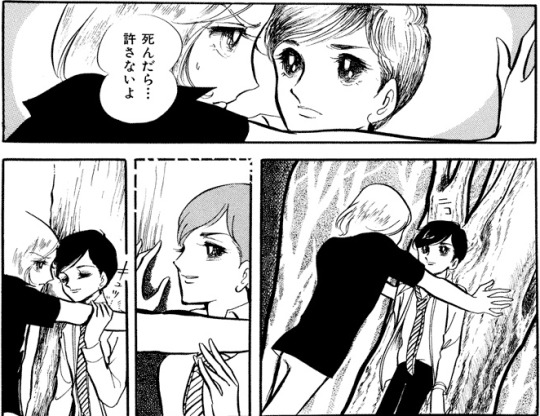
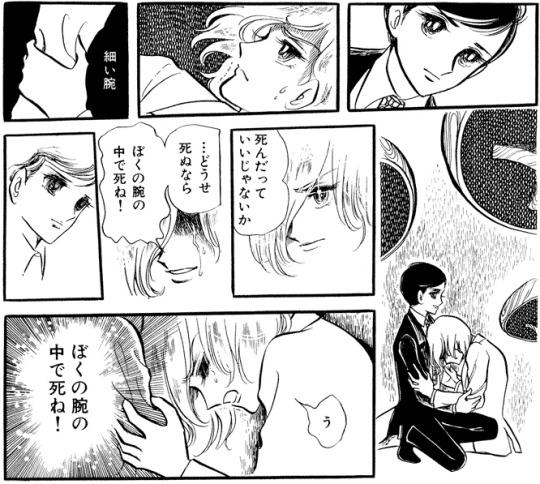
-"I will never forgive you if you die." - I wish all kabedons were sad like this one. Also yanderEduardo is precious. Wolf is preciousness itself <3
-"If you are going to die anyway, die in my arms!" - Okay ngl, this really pulled at my heartstrings. I'm a sucker for this kind of drama. Also I must mention that Takemiya didn't give Wolf the "mysterious shoujo heart disease", commonly known as "SHINZOUBYOU", but an actual heart disease that fit his situation. He had tetralogy of Fallot. I asked a doctor friend what this condition was, and she said the exact same things the doctor in the manga said. It made everything extra sad.
Takemiya did a nice job in writing her characters into the existing world, and I can't believe I'm not reading a fictitious story. This is Wikipedia-level knowledge, but seeing how Takemiya drew this manga based on Masuyama Norie's (who later wrote Kazeki's spin-off novel, Kami no Kohitsuji) experiences as a music student, this makes sense. My only gripe is that, although the story is taking place in the 1960s and 1970s, things almost felt a little bit 19th century to me at times. But that's 70s shoujo for you, Europe was the fairytale land at the time and no one wants to see the modern world in there.
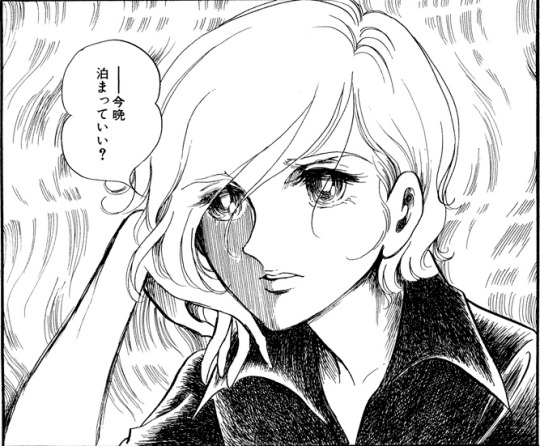
"Can I stay over tonight?" - It was almost unsettling how much Ed reminded me of Gilbert (and sometimes Marion). But then again, mon pauvre Gilbert didn't get to live until his age ;_;
Once my brain recovers from reading this, I hope to read another Takemiya BL I have my eyes on.
43 notes
·
View notes
Text

Kaze to ki no uta panel redraw, from volume 14 💙
572 notes
·
View notes
Text











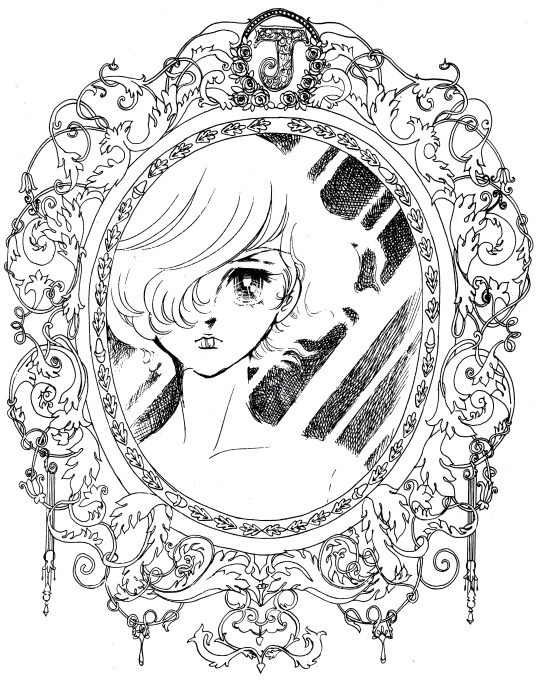


















Keiko Takemiya Art Collection 1980 Self Scanned: 1000dpi Download: http://bit.ly/3WbXN6I #KazeToKiNoUta #風と木の詩
Download Zip File ALL 85 Files:
511 notes
·
View notes
Text

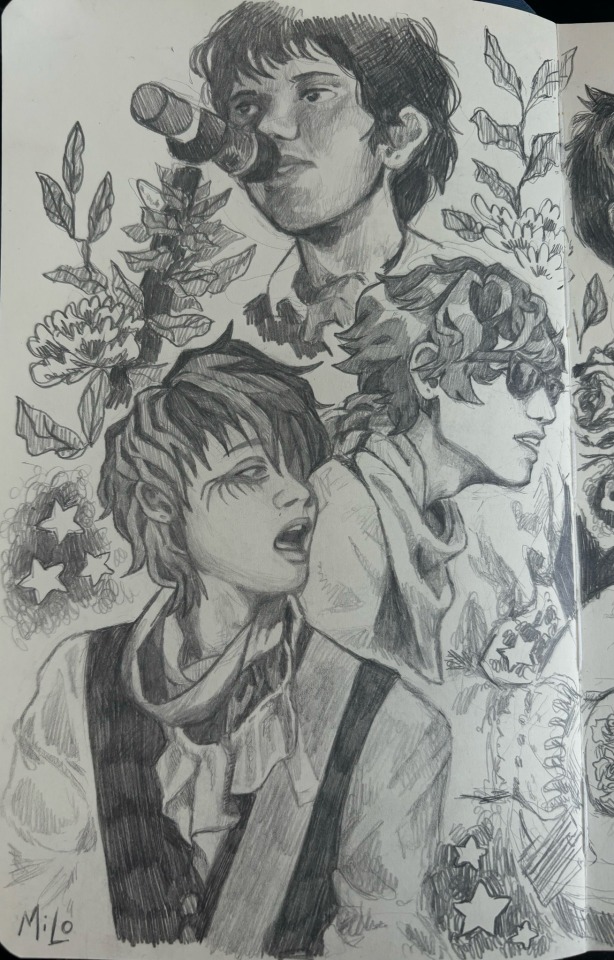
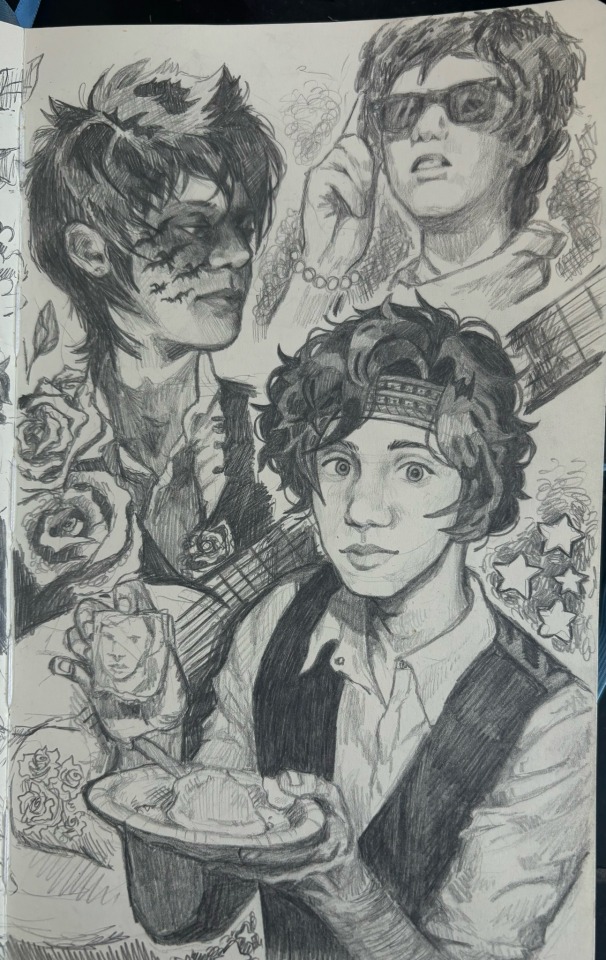
Sketchbook spread #1. Don’t mind me using Ryan Ross as my muse to motivate me to actually draw. I’ve never actually posted on this app so let’s see how this goes :)
1K notes
·
View notes
Text
If you ever feel insecure about your forehead, just remember that all these bad bitches wanted to fuck men with interesting foreheads



183 notes
·
View notes
Text
remembering that time wikipedia got mad at me for adding frank iero under notable stigmatics
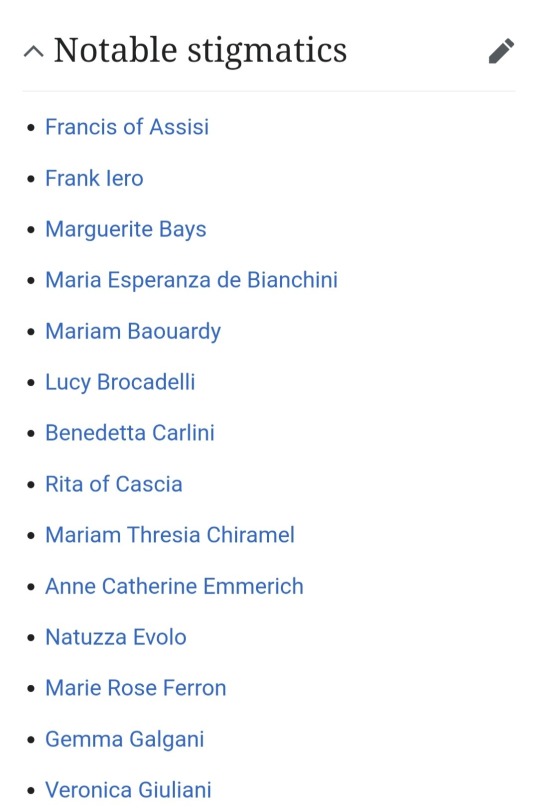
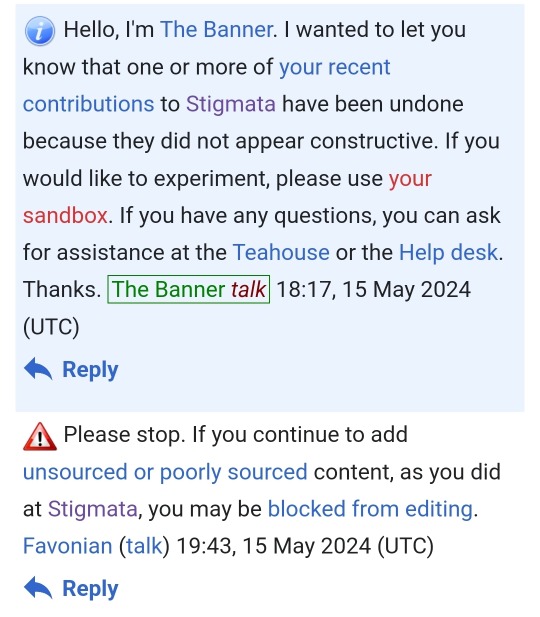
399 notes
·
View notes
Text
"I'm a Petekey believer" "I'm an mcr5 believer" "I'm a ferard believer" okay, well I'm a Mikey Way believer. It's not that he's not real, I just believe in him.
You're doing great Michael James Way. We love you.
2K notes
·
View notes
Text
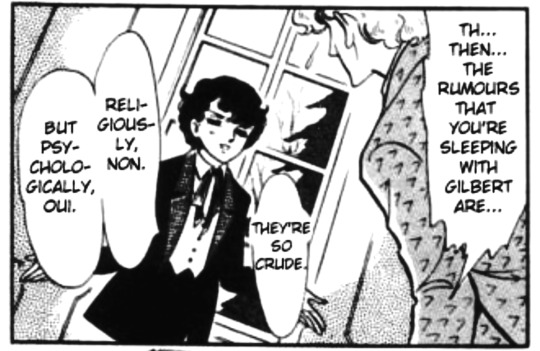
Even though it’s definitely just an artifact of a bad translation this is the funniest conceivable answer to this question. What does that even mean
818 notes
·
View notes


